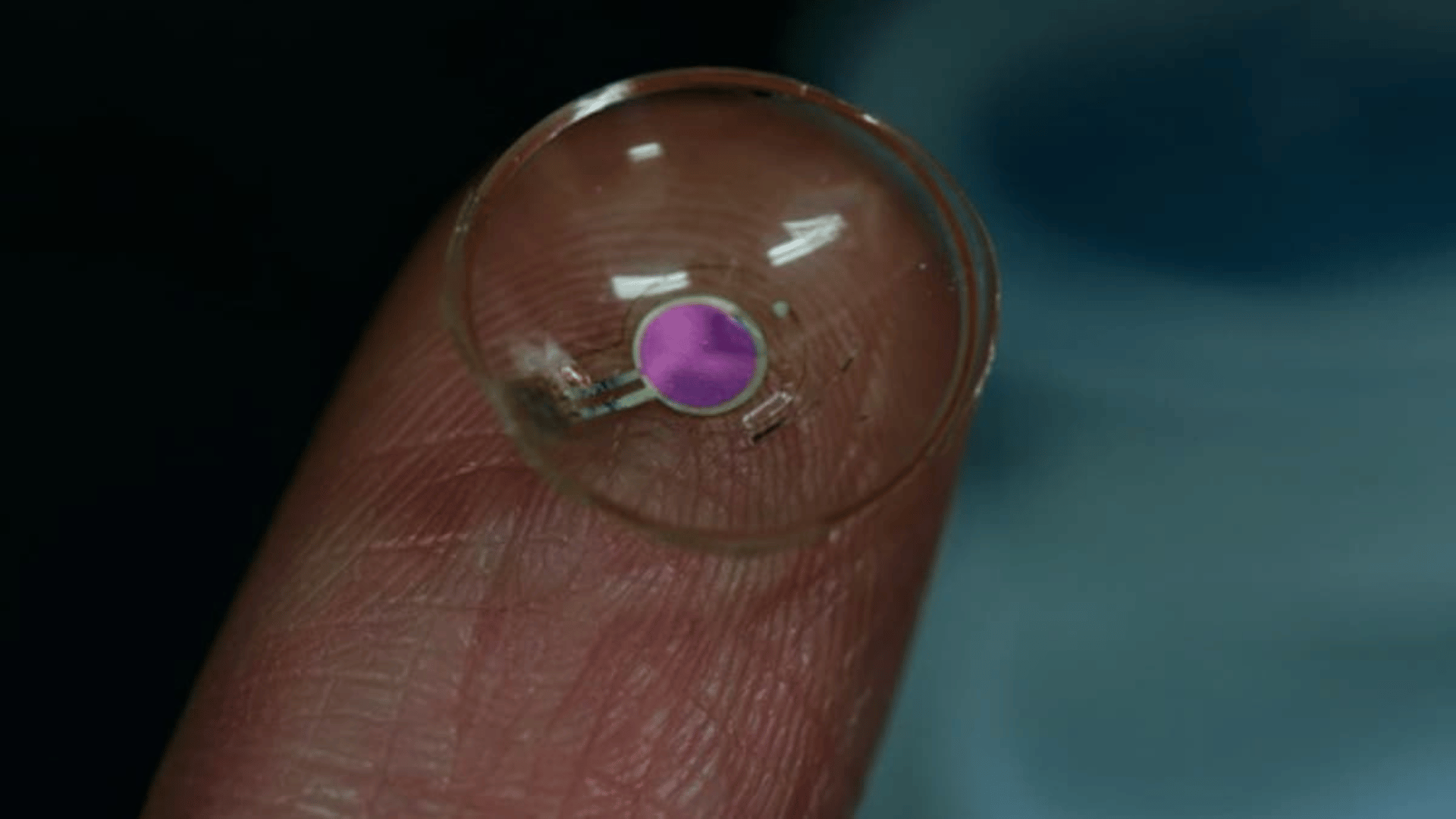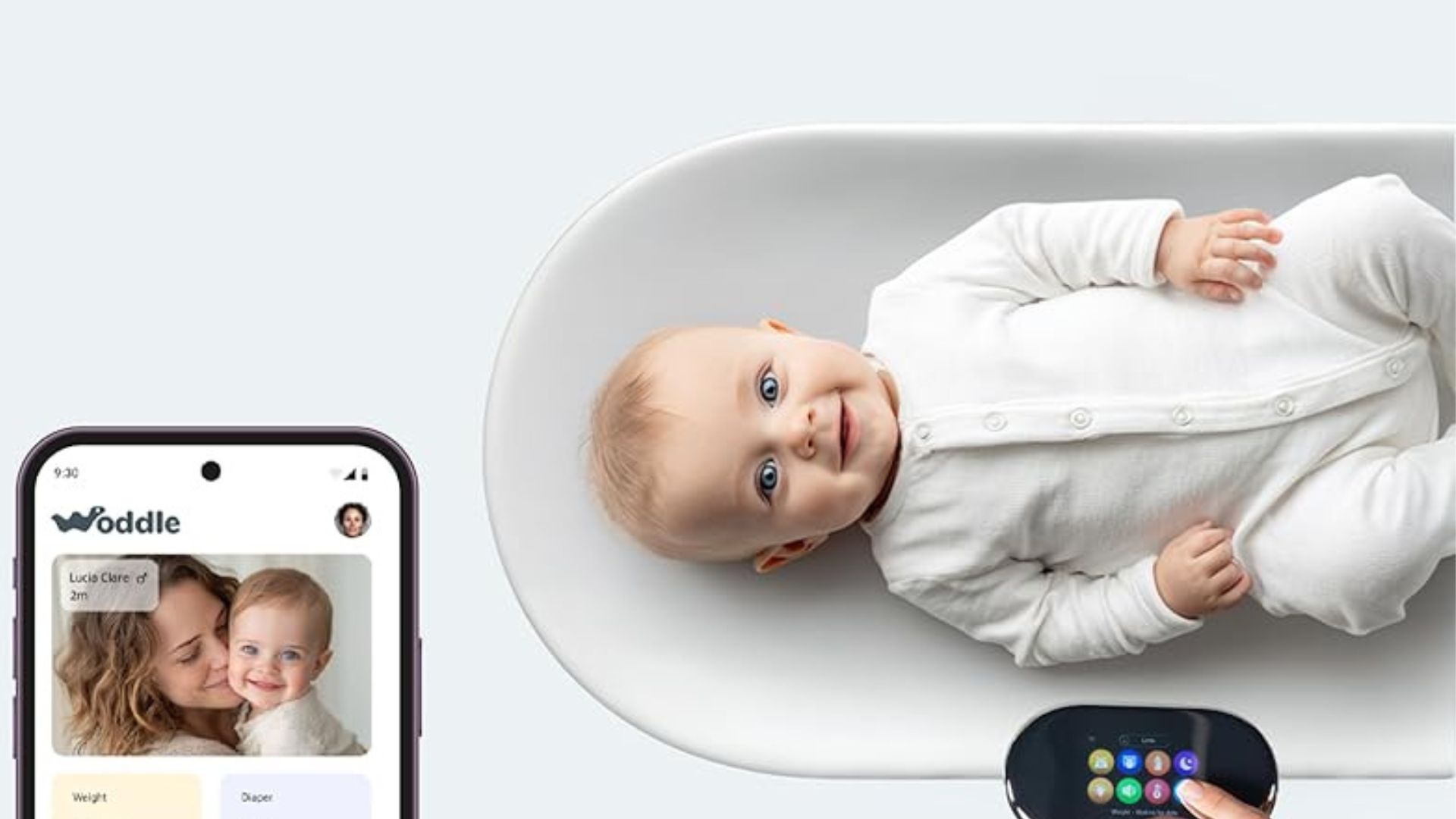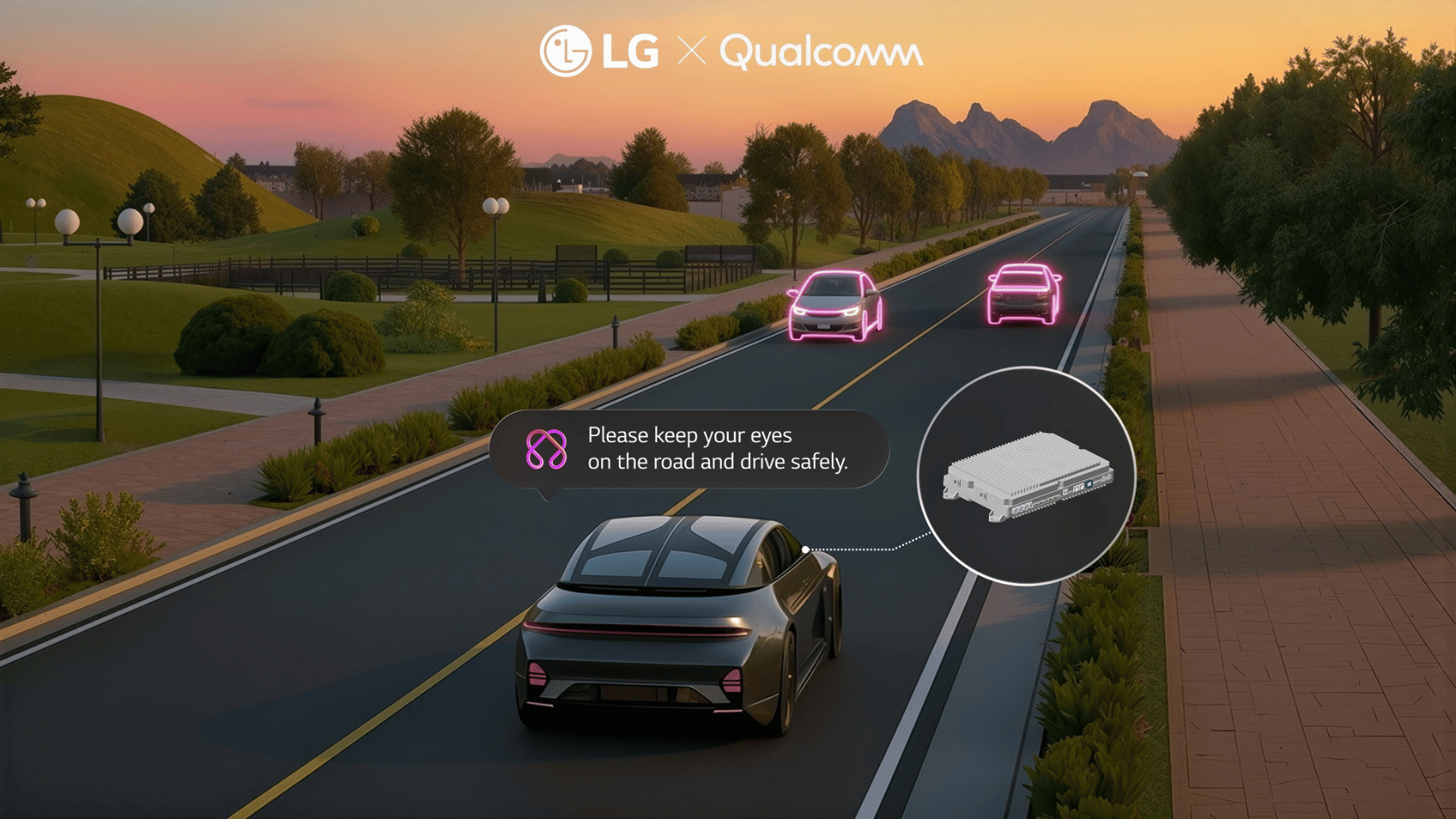Researchers created the world’s first wireless OLED contact lenses, which can diagnose retina-related problems in real time.
It uses an ultrathin organic light-emitting diode (OLED) integrated into a contact lens to perform electroretinography (ERG). The ERG test measures the electrical response of light-sensitive cells in the eyes, which can help evaluate any decline in retinal function or inherited retinal conditions.
Real-Time Retina Diagnoses

“This technology enables ERG simply by wearing the lens, eliminating the need for large specialized light sources and dramatically simplifying the conventional, complex ophthalmic diagnostic environment,” the researchers wrote in the press release.
ERG tests typically take place in a dark room. Patients stare at a stationary device called a Ganzfeld, which delivers light flashes to the eye. The test requires patients to remain still and keep their eyes open, which can be difficult, particularly for children.
The team of researchers behind the project, led by Korea Advanced Institute of Science & Technology (KAIST), created a method of performing this retinal diagnostic test with an ultrathin, flexible OLED. The OLED measures just 12.5 μm thick, which is 6 to 8 times thinner than a human hair.
The device is equipped with a wireless power antenna and a control chip. Whereas most existing smart contact lenses use inorganic LEDs, which are rigid and can heat excessively, the new OLEDs use “areal light” sources. This is gentle on the eye, avoids heat damage, and produces stable ERG signals.
During testing, the OLED lens kept the eye’s surface temperature below 27°C. The lens also maintained its performance in humid conditions, demonstrating its reliability as an ERG diagnostic tool.
“Integrating the flexibility and diffusive light characteristics of ultrathin OLEDs into a contact lens is a world-first attempt,” said Professor Seunghyup Yoo.
“This research can help expand smart contact lens technology into on-eye optical diagnostic and phototherapeutic platforms, contributing to the advancement of digital healthcare technology,” Yoo added.







